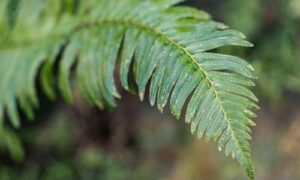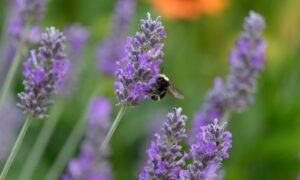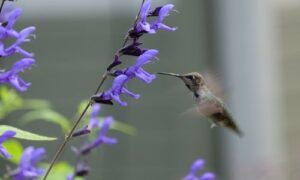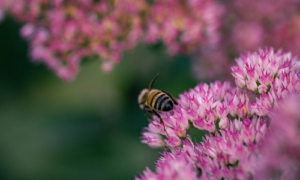Rocky Mountain maple is a small, rather delicate-looking tree, with opposite, ascending to erect branches, rounded twigs, and a narrow crown. Rocky Mountain maple occurs on wetlands, streambanks, canyons, and upland mountain slopes. At maturity, it can exceed 25 feet high. Flowers are greenish-yellow, appearing early in the spring in small clusters. Description from Utah State University
Home > Plant Guide >
Scientific Name
Family
Garden Type
Wildlife
Native Plant Region
Light needs
Water Needs
Plant Type
Bloom Color(s)
Height
Width
Months in Bloom
Safe Beneath Power Lines?

We’d like to maintain accurate and robust plant listings. If you see information that is not correct or that could be added to improve the listing, please let us know. Or if you’d like to suggest a plant to add to our plant guide, you can use this form do so. Thank you!

Despite the urban character and the high population density, a surprising diversity of life exists in Capitol Hill. Explore a few physical aspects of our urban ecosystems and meet some of its more-than-human residents.

Check out our list of local wildlife-supporting plant stores and nurseries, organizations, and community science opportunities.

Some introduced plant species can diminish biodiversity. Other plants produce poisons that can harm wildlife. Learn what plants to avoid when figuring out what to plant or remove in your outdoor space.

Protecting the trees and other vegetation that what we currently have is perhaps the most important way to ensure biodiversity in cities.

This workshop will guide you through the process and materials needed to help you decide if Mason Bees are right for you and your garden, whether you have a small deck or an open garden.

Gardeners can check out seeds for free from the library to plant. Then after harvest, gardeners bring seeds back to the library for others to enjoy in future growing seasons.
Nature of Your Neighborhood is a collaboration between Birds Connect Seattle, the Capitol Hill EcoDistrict, and the Seattle Bird Conservation Partnership. Our goal is to foster relationships between the people and the nature of their neighborhoods.